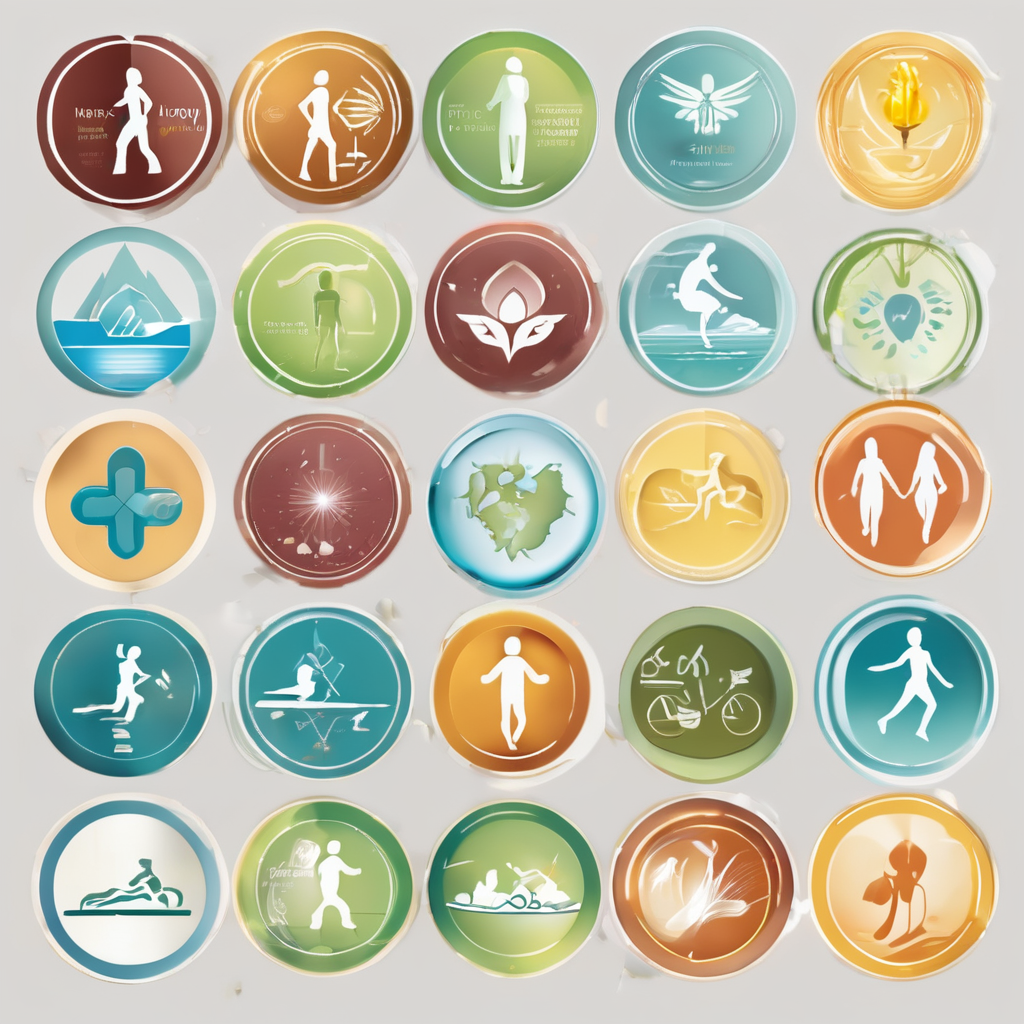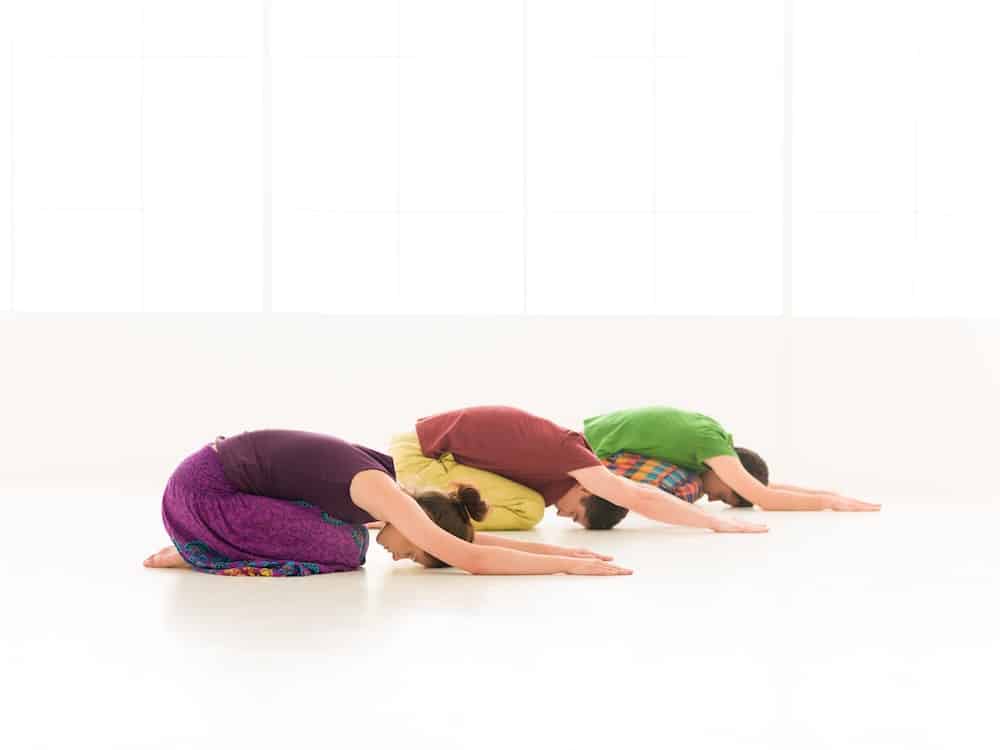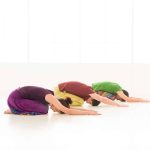Maintaining or enhancing fine motor skills can significantly increase the quality of life for seniors over 80. As we age, our bodies naturally start to slow down — it’s a part of the process. However, that doesn’t mean we should stop moving or exercising. In fact, regular physical activity, particularly those that stimulate fine motor skills, can help keep us healthy, agile, and independent for longer.
In this article, we will explore several focused exercises that can improve fine motor skills, the benefits of these exercises, and how they can be adapted to support individual abilities and requirements.
Additional reading : What Are the Best Techniques for Seniors to Safely Manage Stair Navigation?
The Importance of Fine Motor Skills for Seniors
Fine motor skills involve the use of small muscle groups, particularly in the hands and fingers. These skills are essential for performing daily tasks such as buttoning clothes, using cutlery, writing, and even using touchscreen devices.
As we age, fine motor skills can start to diminish due to a variety of factors. These might include arthritis, neurological conditions like Parkinson’s disease, or simply the natural aging process. This can lead to difficulties in performing everyday activities, which can negatively impact independence and self-esteem.
This might interest you : What Are Effective Conflict Resolution Strategies for Seniors in Assisted Living Facilities?
That’s why it’s crucial to maintain and improve fine motor skills, even in our later years. Regularly engaging in exercises that target these abilities can not only preserve them but also strengthen them, leading to improved overall function and quality of life.
Focused Exercises for Fine Motor Skills
Incorporating focused exercises into your daily routine can have a significant impact on maintaining and improving fine motor skills.
1. Hand exercises
Hand exercises can improve strength, flexibility, and coordination. For instance, using a stress ball or putty can help work the muscles in the fingers and hand. You simply squeeze and release the ball or putty repeatedly, working at a pace that feels comfortable.
2. Finger exercises
Exercises that target the fingers can also be beneficial. These might include activities like picking up small objects (such as beads or coins) and moving them from one place to another, threading beads onto a string, or doing jigsaw puzzles.
3. Wrist exercises
Wrist exercises can enhance both strength and flexibility. An example of a simple wrist exercise is wrist extensions. To do these, rest your forearm on a table with the hand hanging over the edge, palm down. Then, using a light weight or even just the weight of your hand, slowly raise and lower your hand to work the muscles in your wrist.
Adapting Exercises to Individual Abilities
It’s important to adapt exercises to suit individual abilities and requirements. Not all seniors will have the same level of mobility or strength, and what works for one person may not work for another.
For instance, someone with arthritis in their hands might find some exercises challenging. But by using softer or larger objects, or by performing exercises in warm water to soothe the joints, they may still be able to benefit from these activities. Similarly, if someone has a neurological condition, they might need to perform exercises more slowly, or with the assistance of a caregiver.
The Benefits of Regular Exercise
The benefits of regular exercise for seniors extend beyond just improving fine motor skills. Regular physical activity can also improve cardiovascular health, decrease the risk of falls, improve mood and cognitive function, and promote better sleep.
Research has shown that seniors who engage in regular physical activity are less likely to experience a decline in their motor skills, and they also tend to live longer, healthier lives. So, it’s well worth incorporating exercise into your daily routine, no matter your age.
Take your time with these exercises and remember to listen to your body. It’s about progress, not perfection, and even small improvements can make a big difference in your daily life. The key is to stay consistent and make these exercises a regular part of your routine. With time and patience, you’ll notice a significant improvement in your fine motor skills.
The Importance of Consistency and Regular Monitoring
Consistent practice is vital for seniors seeking to improve and maintain their fine motor skills. These exercises should ideally be conducted daily or every other day, depending on the individual’s comfort level and ability. Consistency allows the muscles to adapt to the exercises, leading to strength gains, better coordination, and improved fine motor skills.
In addition to consistency, regular monitoring of progress is also critical. Regular assessments help to track the improvement and can also identify any potential problems or difficulties. It might also be beneficial to consult with a physiotherapist or occupational therapist. These professionals can provide personalized exercises and give advice on how to modify activities to suit individual capabilities and needs.
For seniors with a supportive network, involving family members or caregivers in the exercise routine can be a great way to stay motivated. They can provide assistance, encouragement and make the activities more enjoyable. Remember, the goal is not to perform these exercises as quickly as possible, but to do them accurately and safely.
Implementing Fine Motor Skills Exercises in Everyday Activities
Seniors can also consider integrating fine motor skills exercises into everyday activities. This can make the exercises feel less like a chore and more like a part of daily life. For example, activities such as gardening, sewing, cooking, and even playing musical instruments can all help to strengthen the muscles used for fine motor skills.
In gardening, for instance, the action of planting seeds or picking up leaves can work the fine muscles in the hands and fingers. Sewing can improve dexterity and coordination, while cooking activities such as chopping vegetables or kneading dough can strengthen hand and finger muscles. Similarly, playing a musical instrument, particularly string or keyboard instruments, can greatly improve hand-eye coordination and finger strength.
Conclusion
In conclusion, maintaining and enhancing fine motor skills for seniors over 80 in the UK is not only possible but can be highly beneficial for their overall wellbeing. It requires consistency, regular monitoring, and a willingness to adapt exercises to suit individual needs and abilities.
The key is to incorporate these exercises into a regular routine and, if possible, integrate them into everyday activities. With time and patience, seniors can see significant improvements in their fine motor skills, leading to a more independent and fulfilling lifestyle.
Remember, it’s not about how quickly you see results, but about making consistent progress. Keep a positive mindset and celebrate every improvement, no matter how small. The benefits of these exercises extend beyond just improved motor skills, contributing to better cardiovascular health, mood, and cognitive function. So, stay active, stay engaged, and keep moving forward.











